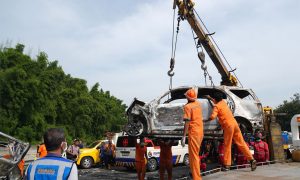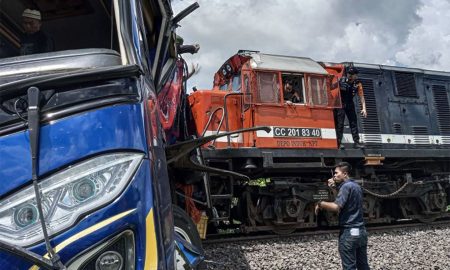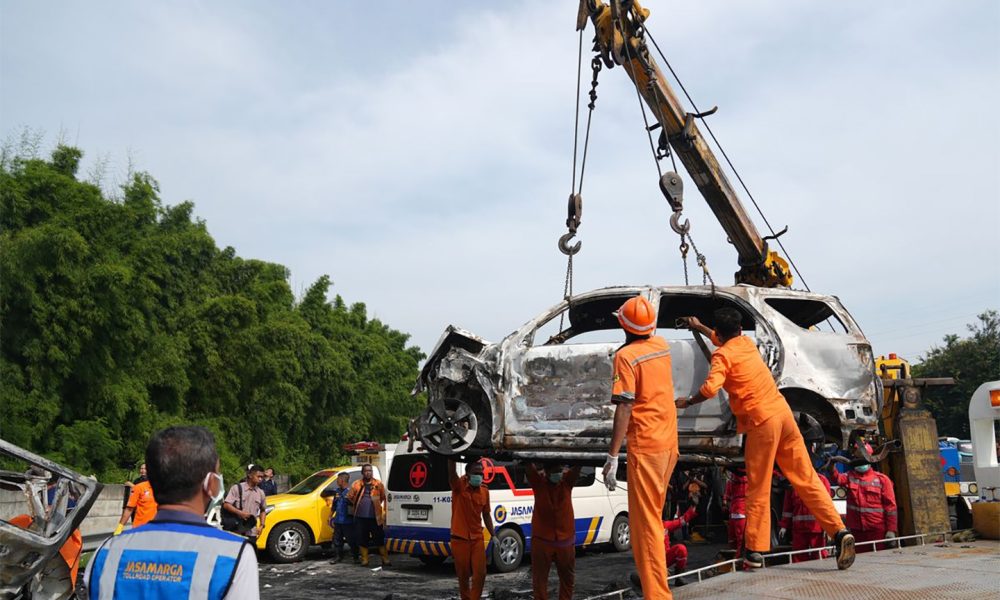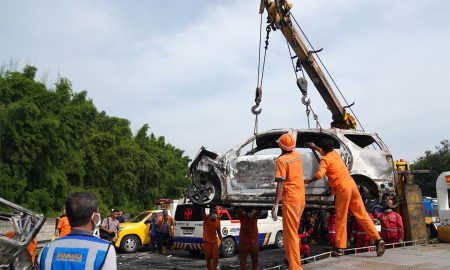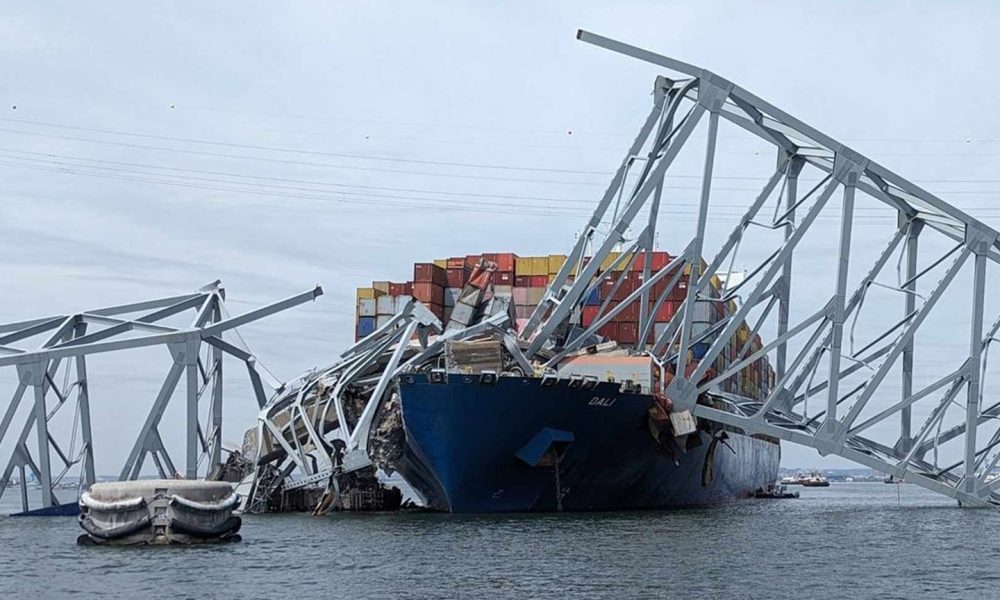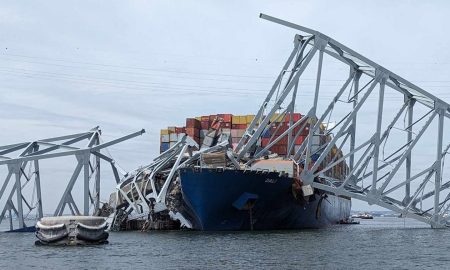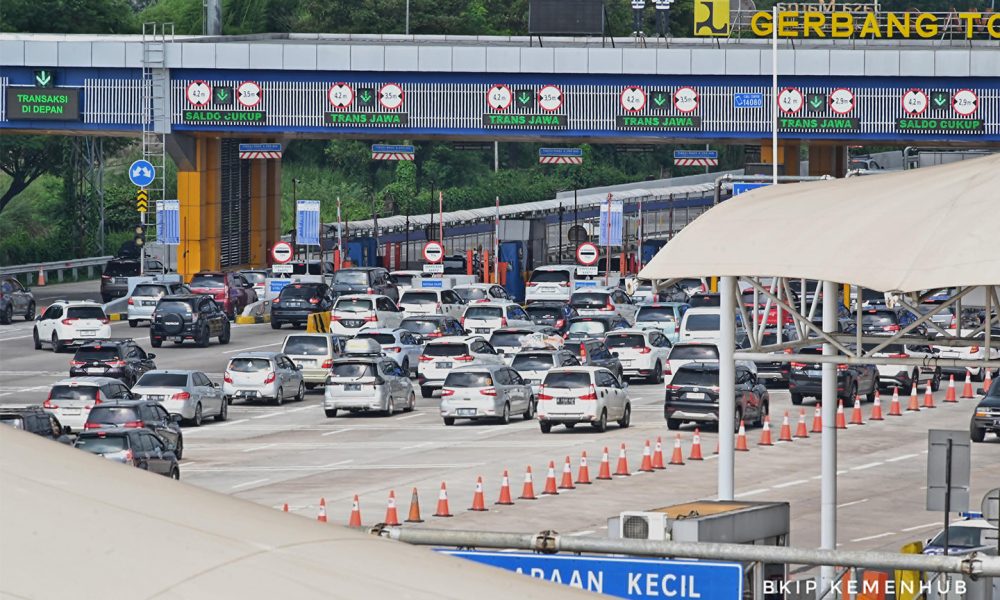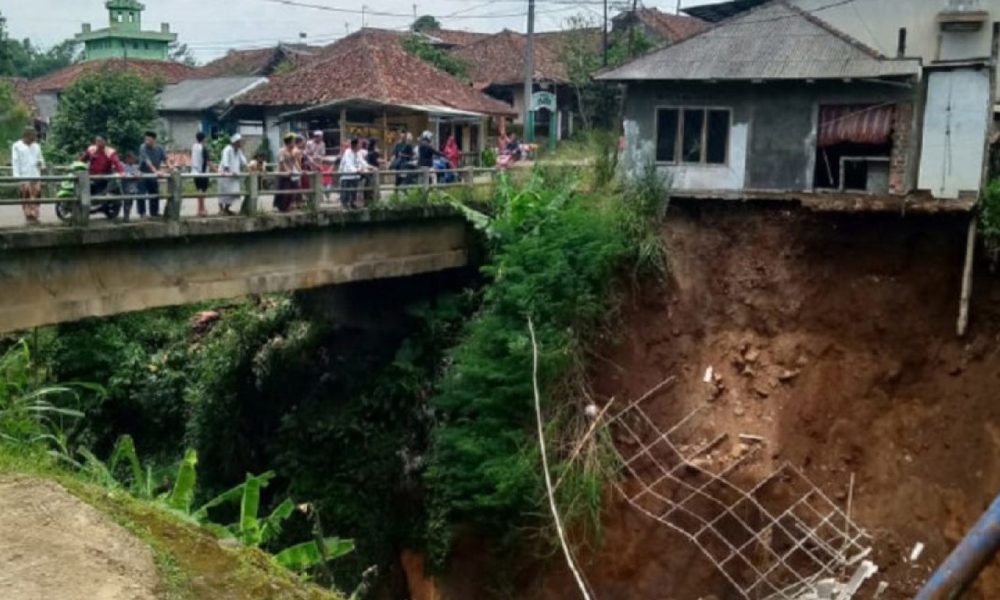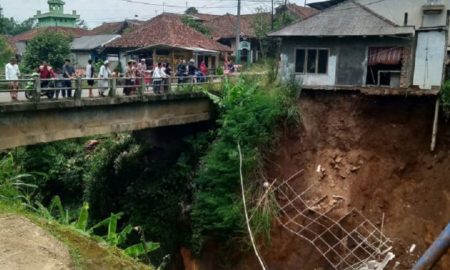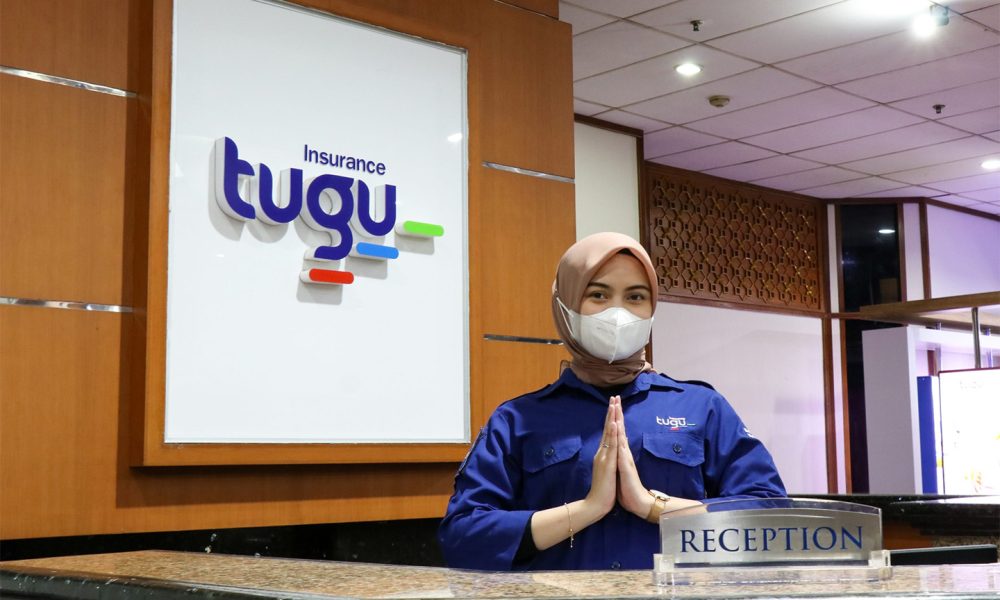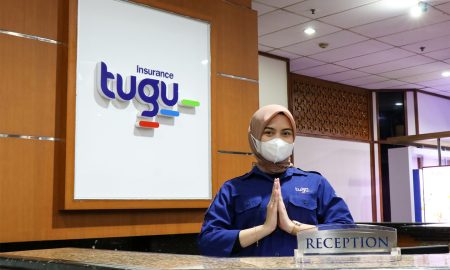Liga Asuransi – Dear Risk Takers, how are you? I hope your business is running well.
Let us continue discussing risk management and insurance. This time, we will explore the risk management of the natural perils caused by climate change.
If you are interested in this article, please share it with your friends so they can understand as you do.
Understanding the increased natural perils due to climate change is vital as it helps communities, businesses, and governments prepare for and mitigate the risks associated with extreme weather events.
Recognizing the link between climate change and more frequent and severe disasters enables proactive measures to protect lives, infrastructure, and economies. It emphasizes the urgency of global action to address climate change and build resilience to safeguard against the growing impact of natural perils.
Climate change is the long-term alteration of Earth’s average weather patterns, remarkably increasing global temperatures. It is primarily driven by human activities, particularly the release of greenhouse gases (GHGs) such as carbon dioxide (CO2), methane (CH4), and nitrous oxide (N2O) into the atmosphere. These gases trap heat and lead to the greenhouse effect, which results in the planet’s warming.
The potential connection between climate change and the rise in natural perils lies in the influence of increased global temperatures on the Earth’s climate system. As the planet warms, it disrupts various components of the climate, leading to more frequent and intense extreme weather events and natural disasters.
Here are some ways climate change can contribute to the rise in natural perils:
- Extreme Weather Events
Warmer temperatures can intensify weather patterns, leading to more frequent and severe heat waves, droughts, and heavy rainfall events. This can result in extended periods of extreme weather, exacerbating the impact on ecosystems and communities.
- Hurricanes and Cyclones
Warmer ocean temperatures provide more energy for hurricanes and cyclones to strengthen and grow. This leads to more intense storms with higher wind speeds and heavier rainfall, causing more significant damage to coastal areas.
- Flooding
As the atmosphere warms, it can hold more moisture, increasing precipitation during storms. This, combined with rising sea levels, increases the risk of flooding in coastal regions and low-lying areas.
- Wildfires
Higher temperatures and prolonged periods of drought create favorable conditions for wildfires to spread rapidly and become more frequent, posing significant risks to forests and communities.
- Sea-level Rise
Melting glaciers and ice caps, along with the thermal expansion of seawater due to warming, lead to rising sea levels. This contributes to more coastal flooding and erosion during storms, affecting coastal communities and infrastructure.
- Changes in Ocean Currents
Climate change can alter ocean currents, affecting weather patterns and potentially causing shifts in climate zones, which can have far-reaching impacts on ecosystems and agriculture.
THE LIST OF NATURAL PERILS ACCIDENTS
- Extreme Heatwaves
In June 2021, the western United States experienced a severe heatwave, with record-breaking temperatures in states like California, Nevada, and Arizona. The extreme heat posed risks to human health, strained power grids, and increased the likelihood of wildfires in the region.
- Wildfires
Wildfires have become increasingly frequent and intense in many parts of the world due to climate change. In 2021, countries such as the United States, Canada, Australia, and several European nations faced devastating wildfires that resulted in loss of lives, destruction of homes, and significant environmental damage.
- Flooding
In July 2021, heavy rainfall led to catastrophic floods in parts of Western Europe, particularly in Germany and Belgium. The floods resulted in hundreds of fatalities, extensive property damage, and displacement of communities.
- Tropical Cyclones
Climate change has been linked to the intensification of tropical cyclones (hurricanes and typhoons). In 2021, Cyclone Yaas hit the eastern coast of India and Bangladesh, causing widespread destruction and loss of life.
- Sea-level Rise Impacts
Climate change-induced sea-level rise has led to increased coastal erosion and flooding in various parts of the world. Many low-lying island nations, such as the Maldives and Tuvalu, face the threat of disappearing due to rising sea levels.
INDONESIA
Flooding
Indonesia is prone to flooding, and climate change has been linked to the increase in frequency and intensity of these events. In early 2021, for example, heavy rains triggered severe flooding in several regions of South Kalimantan, resulting in displacement of communities and damage to homes and infrastructure.
Landslides
Deforestation and changing rainfall patterns, influenced by climate change, can contribute to landslides in Indonesia. In January 2021, landslides occurred in West Java, causing fatalities and destroying properties.
Forest Fires
Climate change can create drier conditions, leading to more frequent and severe forest fires. Indonesia has recently experienced devastating forest fires, particularly in peat-rich areas like Kalimantan and Sumatra. These fires often result in haze and air pollution, affecting public health and regional ecosystems.
Rising Sea Levels and Coastal Erosion
Indonesia has a vast coastline and numerous low-lying islands vulnerable to rising sea levels. Climate change-induced sea-level rise can exacerbate coastal erosion and flooding in these regions, threatening communities and ecosystems.
WHAT ARE THE ECONOMIC AND HUMAN IMPACTS OF NATURAL PERILS?
Natural perils, such as hurricanes, floods, wildfires, earthquakes, and other extreme weather events, can have significant economic and human impacts on communities and insurance companies. Let’s explore each aspect:
Economic Impacts on Communities
- Property Damage and Loss
Natural perils can cause widespread damage to homes, businesses, and infrastructure. Buildings may be partially or destroyed, leading to substantial financial losses for property owners.
- Disruption to Businesses
Natural disasters can disrupt operations, leading to temporary or permanent closures. This can result in lost income, reduced economic activity, and job losses in the affected areas.
- Infrastructure Costs
Communities hit by natural perils often face the financial burden of repairing or rebuilding damaged infrastructure such as roads, bridges, and utilities. The cost of reconstruction can strain local and national budgets.
- Agriculture and Livelihood Losses
In rural areas, natural disasters can devastate crops, livestock, and agricultural infrastructure, affecting farmers’ livelihoods and food production.
- Impact on Tourism
Natural perils can negatively affect tourism, a crucial economic sector for many communities. Damage to popular tourist destinations and safety concerns can lead to declining visitor numbers and revenue.
- Insurance Premiums
After experiencing frequent natural disasters, insurance companies may raise premiums for property and casualty insurance, affecting homeowners and businesses in the affected regions.
Displacement and Homelessness: Natural disasters can force people to evacuate their homes, leading to temporary or long-term removal. Homelessness has become a significant concern, and providing emergency shelter has become essential.
Impacts on Insurance Companies
- Increased Claims
Insurance companies face a surge in claims during and after natural disasters. The high volume of shares can strain the resources of insurance providers and affect their financial stability.
- Financial Losses
Significant payouts for claims can lead to financial losses for insurance companies. Reinsurers, which provide insurance for insurance companies, may also face increased claims, affecting the entire insurance industry’s stability.
- Reinsurance Costs
After particularly severe natural disasters, reinsurance companies may increase their premiums, which, in turn, can lead to higher costs for primary insurance companies and, eventually, policyholders.
- Risk Assessment Challenges
The increasing frequency and severity of natural disasters due to climate change pose challenges for insurers in accurately assessing and pricing risks. This uncertainty can impact the availability and affordability of insurance coverage.
- Business Continuity
Natural perils can disrupt insurance companies’ operations, requiring them to implement contingency plans to ensure business continuity and continue serving their policyholders.
Natural perils have significant economic and human impacts on communities, leading to property damage, financial losses, and livelihood disruptions.
These disasters result in increased claims and financial challenges for insurance companies, requiring them to reassess risk management strategies and potentially leading to higher premiums for policyholders in vulnerable regions. To address these challenges, communities and insurers must invest in risk reduction, climate resilience, and disaster preparedness measures.
HOW DOES INSURANCE RESPOND TO THE CURRENT CLIMATE CHANGE RISKS?
As the frequency and severity of natural perils have increased in recent years, the insurance industry has had to adapt to better handle the rise in related claims. Insurance companies are implementing various strategies to manage the challenges posed by climate change-induced perils effectively:
- Risk Assessment and Pricing
Insurers are refining their risk assessment models to incorporate the changing patterns of natural disasters. They use historical data, climate modeling, and advanced analytics to understand better the risks associated with specific geographic areas. This allows insurers to price policies more accurately based on exposure to natural perils.
- Reinsurance
To manage the potential financial impact of catastrophic events, insurance companies often buy reinsurance, which is insurance for insurers. Reinsurers take on a portion of the risk from primary insurers, providing financial protection in case of large-scale natural disasters.
- Catastrophe Bonds
Insurance companies may issue catastrophe or cat bonds to transfer some of their risks to capital markets. These bonds pay investors a high return but are at risk of being partially or fully forgiven if specific catastrophic events occur.
Data and Technology: The insurance industry is leveraging advanced data analytics, artificial intelligence, and machine learning to improve risk modeling and claims processing. Real-time data from satellites, weather stations, and other sources help insurers monitor weather events and assess damages more efficiently.
- Policy Adjustments
Insurers may adjust policy terms and conditions to manage the increased risk. For example, they might revise coverage limits or introduce specific exclusions for certain types of natural perils in high-risk areas.
- Climate Risk Disclosure
Insurance companies increasingly disclose climate-related risks and their strategies for dealing with them to stakeholders, including shareholders, regulators, and customers. Transparent communication helps build trust and resilience in the face of climate change.
- Risk Reduction and Resilience
Some insurers actively support and incentivize policyholders to implement risk reduction measures. For instance, offering premium discounts to homeowners who invest in wildfire-resistant construction or flood-proofing measures.
- Engaging in Climate Advocacy
Insurance companies are getting involved in climate advocacy efforts. Many insurers are part of initiatives urging governments and businesses to take more decisive action to mitigate climate change and increase resilience.
- Developing New Products
Some insurance companies are developing innovative insurance products tailored to climate change-related risks. These may include parametric insurance, which pays out based on specific weather conditions, or microinsurance for vulnerable communities.
Challenges persist while the insurance industry is taking steps to address the increase in natural peril-related claims. The escalating impact of climate change necessitates ongoing efforts to develop sustainable solutions, promote climate resilience, and foster global cooperation in mitigating the risks posed by natural perils.
HOW DO INSURERS ASSESS RISK AND PREMIUM PRICE FOR NATURAL PERILS?
Assessing and pricing risks in a changing climate presents significant challenges for insurance companies. As climate change leads to increased frequency and severity of natural disasters, insurers must grapple with several complexities in their risk assessment and pricing practices. Some of the key challenges include:
- Limited Historical Data
Insurance companies heavily rely on historical data to assess risk and determine pricing. However, climate change alters the frequency and intensity of natural perils, making historical data less representative of future threats. As a result, insurers may face uncertainties in projecting the likelihood and magnitude of future events.
- Non-Stationarity
Climate change introduces non-stationarity, meaning that the statistical properties of weather patterns are no longer constant over time. This poses challenges for insurers as the traditional risk models based on stationary assumptions may need to reflect the evolving risks associated with climate change accurately.
- Complex Interactions
Climate change can lead to complex interactions between various natural perils. For example, rising sea levels can exacerbate the impact of storms and flooding in coastal areas. Assessing the combined risks of multiple perils requires sophisticated models that can capture these interconnections.
- Data Gaps and Inadequate Spatial Resolution
Climate models and historical data may not provide the level of spatial resolution needed to assess risks at a granular level. Insurance companies require detailed data to accurately assess individual properties and communities’ vulnerability.
- Uncertainty in Climate Projections
While climate models provide valuable insights, they also carry uncertainties. Different climate scenarios and emission trajectories can lead to varying outcomes, making it challenging for insurers to predict future climate-related risks accurately.
- Catastrophe Model Limitations
Catastrophe models, used to estimate potential losses from natural disasters, are based on historical data and may only partially capture the changing climate’s impact on risk profiles. The need for robust climate change data may limit the accuracy of these models.
- Long-Term Liability
Insurance policies often span several years, and insurers must consider the long-term liability of climate-related risks. Assessing how climate change may affect claims in the distant future poses a unique challenge.
- Regulatory and Reporting Requirements
As climate-related risks gain more attention, insurance companies face increasing regulatory pressure to disclose their climate-related strategies and risk assessments. Meeting these reporting requirements can be demanding, especially for smaller insurers with limited resources.
- Market Competition and Price Adequacy
Insurers must balance remaining competitive in the market and ensuring premiums adequately reflect the rising climate risks. The pressure to maintain affordability for policyholders can lead to underestimating the actual risk exposure.
- Moral Hazard and Adverse Selection
In regions prone to natural perils, the availability of insurance coverage might encourage risk-taking behavior, leading to moral hazard. Adverse selection may occur when higher-risk individuals or properties are more inclined to seek insurance coverage, further complicating risk assessment.
Addressing these challenges requires collaboration among insurance companies, governments, researchers, and climate experts. Advanced modeling techniques, improved data collection and sharing, and better incorporation of climate science into risk assessments are essential to enhance the insurance industry’s ability to adapt to the changing climate and provide adequate coverage for communities facing climate-related risks.
WHY, FOR NATURAL PERILS INSURANCE COVERAGE YOU NEED AN INSURANCE BROKER?
Natural perils insurance, which covers risks associated with natural disasters such as hurricanes, floods, earthquakes, and wildfires, can be complex and challenging for individuals and businesses to navigate independently. Here are several reasons why an insurance broker is essential for natural perils insurance:
- Expertise and Knowledge
Insurance brokers are trained professionals with in-depth knowledge of various insurance products and the insurance market. They understand the complexities of natural perils coverage and can guide clients through the process, ensuring they have the right coverage to meet their needs.
- Access to Multiple Insurers
Insurance brokers work with multiple insurance companies, giving them access to various natural perils insurance policies. This allows them to compare offerings from different insurers and find the best coverage options at competitive rates.
- Tailored Insurance Solutions
Every individual or business has unique insurance requirements. Insurance brokers assess their clients’ specific risks and design insurance solutions tailored to their needs. They help clients understand the scope of coverage and any limitations, ensuring they are adequately protected.
- Risk Assessment and Mitigation
Insurance brokers can assess their clients’ risk exposure to natural perils and advise on risk mitigation strategies. They can recommend steps to minimize risk, such as implementing disaster preparedness measures or investing in resilient infrastructure.
- Claims Assistance
In the unfortunate event of a natural disaster, navigating the claims process can be overwhelming. Insurance brokers advocate for their clients, assisting them in filing claims and ensuring they receive fair and timely settlements.
- Policy Management
Insurance brokers help manage policy renewals and adjustments. They review clients’ coverage periodically to ensure it remains up-to-date and relevant to any circumstances or risk exposure changes.
- Savings and Cost Efficiency
Contrary to popular belief, using an insurance broker does not necessarily add to the cost. Brokers can often negotiate better rates with insurers due to their expertise and knowledge of the market, potentially saving clients money in the long run.
- Timesaving
Researching and comparing insurance policies can be time-consuming. Insurance brokers do the legwork for their clients, saving them time and effort in finding the right natural perils insurance coverage.
- Personalized Service
Insurance brokers build relationships with their clients and offer personalized service. They are available to answer questions, provide advice, and address concerns, creating a more customer-centric insurance experience.
In summary, insurance brokers are crucial in helping individuals and businesses navigate the complexities of natural perils insurance. Their expertise, access to multiple insurers, and personalized service enable clients to make informed decisions and obtain the best coverage to protect against the risks posed by natural disasters.
One of the leading Indonesian insurance brokers focusing on natural perils is L&G Insurance Broker.
For all your insurance needs in Indonesia, contact L&G insurance brokers now!
—
LOOKING FOR INSURANCE PRODUCTS? DON’T WASTE YOUR TIME AND CONTACT US RIGHT NOW
L&G HOTLINE 24 HOURS: 0811-8507-773 (CALL – WHATSAPP – SMS)
website: lngrisk.co.id
E-mail: customer.support@lngrisk.co.id
—






